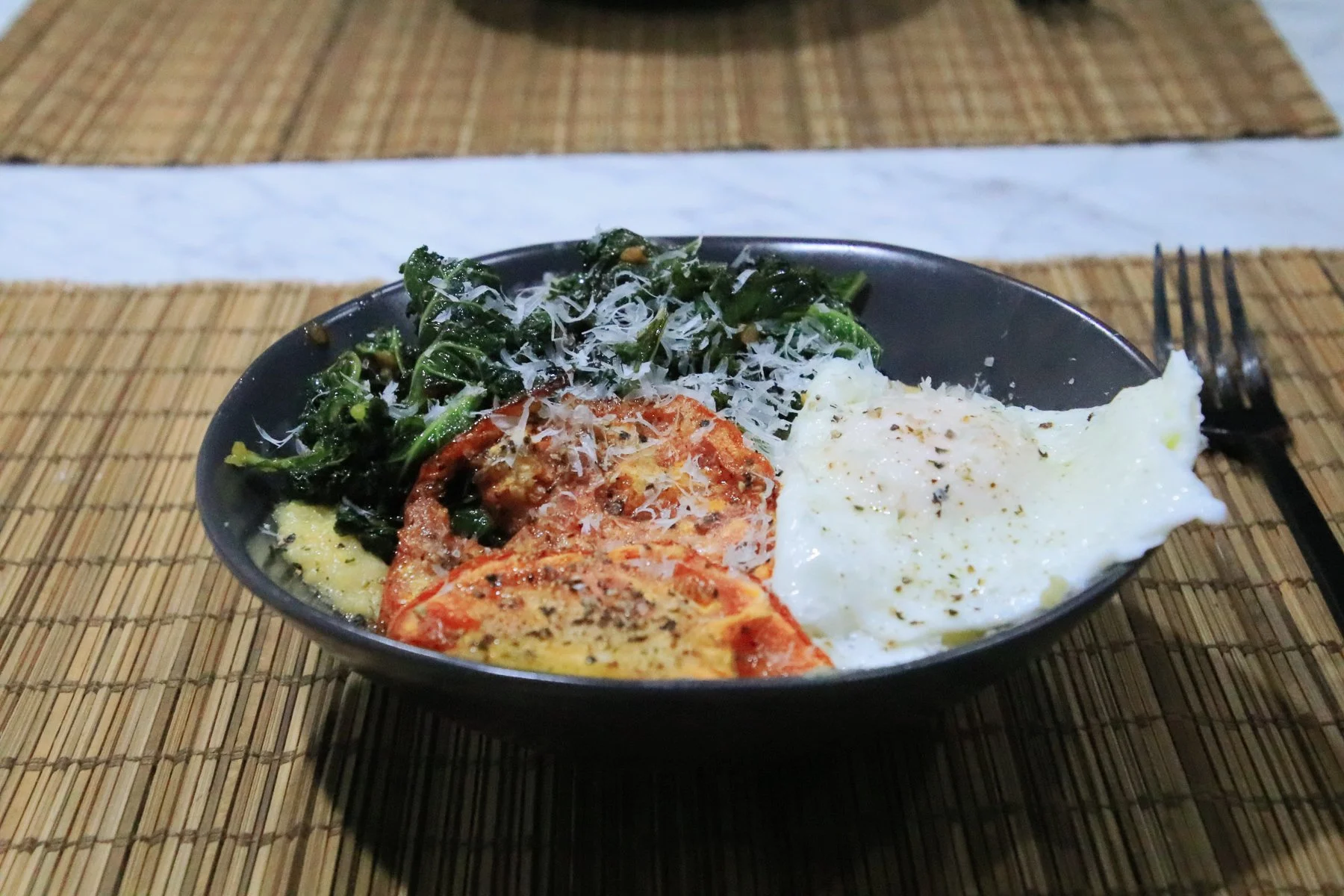16/50: Louisiana
After spending some much-needed downtime over the holidays in Florida and then being able to pull together our Florida project after the New Year, we were excited to press on West for the first time after spending our previous six months merely driving South.
Neither of us has ever been to New Orleans before, and although we had a general idea of what to expect, you never quite know until you make it there.
One big surprise that we were not expecting nor ready for was the unseasonable cold weather. It was early January, and their average temperatures usually range between 45-65 degrees Fahrenheit — not bad, right?!
Of course, while we’re there. It was FREEZING. Well below 32 degrees, ice storms covered all the bridges and roads, causing the entire city to close down for a few days. In addition, our hose/water connection froze, which also cracked our exterior water filter — a rookie mistake. Not a great start, New Orleans!
Thankfully, Kendra was inspired to cook her take on a Southern staple: shrimp and grits. Not just shrimp and grits, but usually cheese grits with all the fixings.
Once the roads reopened, we received a handful of local recommendations from our campground host, Pinecrest RV Park, on places to go, see, and taste. Although it remained very freaking cold, we wouldn’t let that deter us from experiencing the city the best way we could in a short time and even on a faster budget.
Our first stop was the world-famous Cafe Du Monde for freshly baked and powdered beignets and their specialty café au lait coffee.
During the Civil War, there was a shortage of coffee, so the New Orleans Creoles developed a chicory-blended coffee that they continued to serve alongside their French-inspired beignets since 1862.
My favorite part of the whole experience was how simple it was. Their menu is nothing but coffee and beignets — nothing else. After 157 years, they know what they’re known for and haven’t changed much. They haven’t sold out, franchised themselves to death, or expanded into areas they don’t need to. Instead, they’re true to their heritage, recipe, and service.
Our local history lessons continued with a visit to the Faulkner House Books. This bookstore took residence in the same builder that 27-year-old William Faulkner rented in 1925, where his literary journey began.
Going to New Orleans and not strolling Bourbon Street and the French Quarter is impossible. We’re not ones for going out late, so walking the historic streets in the afternoon is probably a much different experience than stumbling through the streets at night.
Many of these buildings date back before 1803, when the U.S. acquired the Louisiana Purchase — crazy, huh?! Also, although it’s known as the French Quarter, much of its architecture is actually Spanish style.
Major fires in 1788 and 1794 destroyed much of the French colonial architecture, and since it was under Spanish rule then, they rebuilt the best way they knew how.
Known for much more than just its architecture, New Orleans is also the birthplace of jazz, which is alive and well wherever you go, even in the streets.












The following day we took the afternoon off from working from our Airstream to explore another historic part of the city: the Garden District. Its beautiful tree-lined streets, diverse mix of small homes, and historic Civil War-era mansions surrounded by lush gardens were enough to hold our attention while we stretched our legs.











The crown jewel of our exploration was Kendra’s ability to locate Jay-Z and Beyonce’s mansion, which was once a church and then a ballet school until they purchased it for a mere $2.6 mill.
To our surprise, we weren’t invited in. But we won’t hold that against them. Maybe next time…
One of the more unusual other attractions in the Garden District is the Lafayette Cemetery, which dates back to the 1800s. Since half of New Orleans is technically below sea level, they cannot bury their dead six feet below ground. Come to find out; they don’t bury them at all — hence these incredible above-ground tombs that wear their age and weathered history on their stone facades.
As if Hurricane Katrina wasn’t already damaging enough to the city, the flooding lifted and relocated nearly a thousand coffins from their tombs, leaving them scattered once the waters receded.
As beautiful and haunting as the cemetery was, it was closed by the time we passed by… So I had to stand on the back of our truck to peek over the walls, which was enough for me.
Can you imagine being there at night?? No, thank you.
Even though it was 14 years after Katrina, some visual scars remained, most notably the abandoned Six Flags amusement park that we drove by on our way back to our campsite in Slidell, LA.
Since it was so unseasonably cold while we were there, and the fact that we didn’t have the time or money to experience the food scene of New Orleans, we wouldn’t say it makes it to our top list of places we’ve been on the 50 States tour thus far, but at the same time, we probably didn’t give it our best shot.
We did, however, really enjoy the people! Especially the all-Veteran team we worked with on our STATE 16: Louisiana project.





















